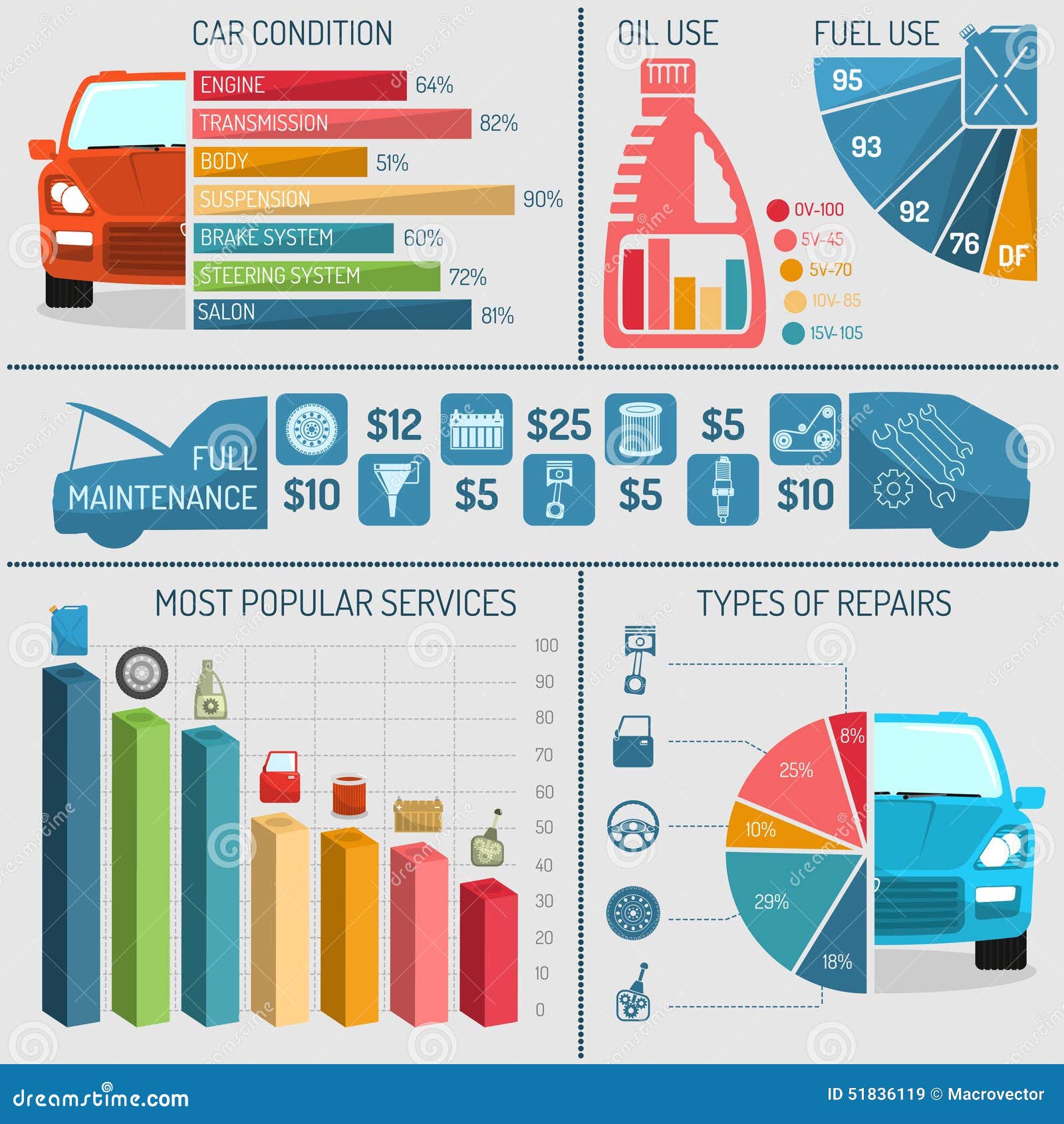Seeking Clearness On The Caution Lights Presented On Your Automobile'S Dashboard? Figure Out Just How They Associate With Your Vehicle'S Health And Wellness
Seeking Clearness On The Caution Lights Presented On Your Automobile'S Dashboard? Figure Out Just How They Associate With Your Vehicle'S Health And Wellness
Blog Article
mobile car grooming -Vinson Dalgaard
When you lag the wheel, those glowing warning lights on your dashboard can be a little bit perplexing. Do you recognize what they're trying to inform you concerning your vehicle's wellness? Recognizing the importance of these lights is important for your security and the longevity of your vehicle. So, the next time among those lights turns up, wouldn't you want to analyze its message properly and take the necessary steps to resolve it?
Common Caution Lights and Interpretations
Determine usual warning lights in your vehicle and recognize their significances to make sure safe driving.
One of the most regular caution lights consist of the check engine light, which indicates issues with the engine or emissions system. If this light begins, it's critical to have your vehicle inspected promptly.
The oil stress warning light suggests reduced oil pressure, needing prompt interest to stop engine damage.
A blinking battery light may recommend a malfunctioning charging system, possibly leaving you stranded if not addressed.
The tire pressure tracking system (TPMS) light alerts you to low tire pressure, impacting automobile security and gas effectiveness. Overlooking this can lead to harmful driving conditions.
The abdominal light shows a problem with the anti-lock stopping system, jeopardizing your ability to quit rapidly in emergency situations.
Finally, the coolant temperature level alerting light warns of engine overheating, which can lead to extreme damage if not solved quickly.
Comprehending these typical caution lights will aid you attend to issues promptly and maintain safe driving problems.
Value of Prompt Focus
Understanding the typical caution lights in your cars and truck is only the very first step; the importance of quickly attending to these warnings can not be stressed sufficient to ensure your safety when driving.
When a warning light brightens on your control panel, it's your automobile's method of interacting a prospective problem that requires interest. Overlooking these cautions can result in more extreme issues in the future, compromising your safety and security and potentially costing you extra out of commission.
https://airliftperformancekits06283.wizzardsblog.com/32059117/the-ease-of-mobile-auto-outlining-transforms-your-car-s-look-yet-is-it-as-reliable-as-typical-techniques-discover-the-fact-behind-this-service to alerting lights can protect against breakdowns and accidents. For instance, a flashing check engine light could indicate a misfire that, if left neglected, could cause damage to the catalytic converter. Addressing this immediately can conserve you from an expensive fixing.
Similarly, a brake system alerting light could signify low brake liquid or worn brake pads, crucial elements for your safety and security when driving.
DIY Troubleshooting Tips
If you discover a caution light on your dashboard, there are a couple of do it yourself fixing ideas you can try prior to seeking expert help.
The initial step is to consult your automobile's manual to recognize what the specific caution light shows. Often the concern can be as simple as a loosened gas cap activating the check engine light. Tightening the gas cap might settle the issue.
An additional common issue is a low battery, which can activate numerous warning lights. Examining Learn Even more for rust and ensuring they're safe and secure could take care of the issue.
If a warning light lingers, you can attempt resetting it by separating the car's battery for a couple of mins and after that reconnecting it. Additionally, examining your car's liquid degrees, such as oil, coolant, and brake liquid, can assist repair alerting lights related to these systems.
Conclusion
In conclusion, recognizing your car's warning lights is important for maintaining your car running efficiently and safely. By immediately attending to these informs and recognizing what they imply, you can avoid pricey repair services and potential break downs.
Keep in mind to consult your vehicle's guidebook for certain information on each alerting light and take action accordingly to make sure a trouble-free driving experience.
Remain educated, stay secure when traveling!
